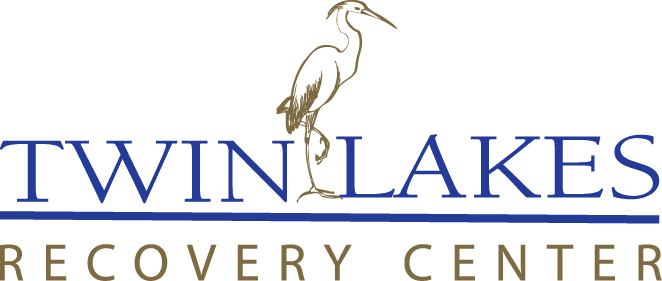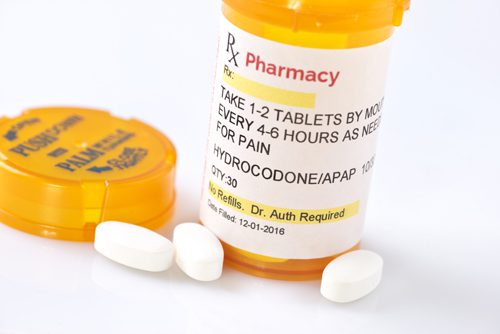Hydrocodone is an opioid analgesic (painkiller) that is included in the formulation of many narcotic prescription painkillers, such as Vicodin and Lortab.
More About Hydrocodone
These narcotics are most often prescribed to control moderate to severe pain. Like many other opioid substances, Hydrocodone has a high potential to lead to dependency and addiction if it is abused.
In 2014, approximately 4.3 million people were using a non-prescribed hydrocodone, which has led many into a battle of addiction. As with any drug dependency, those who develop a tolerance for hydrocodone will need to take larger doses to experience the same effects it once produced. This is a dangerous cycle as large doses of this opioid can cause extreme hydrocodone withdrawal symptoms and even lead to death by overdose.
Hydrocodone withdrawal symptoms will vary from person to person.
The severity of the symptoms will be intensified if usage has been high and has gone on for an extended period of time. Early hydrocodone withdrawal symptoms may include runny nose, dilated pupils, excessive sweating and an increase in body temperature. Later, these mild hydrocodone withdrawal symptoms can be accompanied by nausea, loss of appetite, vomiting, diarrhea, increased blood pressure and heart rate, and severe muscle and bone pain.
Hydrocodone withdrawal symptoms can be extremely intense, but if treated under the care of medical professionals, symptoms can be manageable. Detoxification can also trigger extreme cravings causing manic and obsessive behavior. With that, mental implications are considered, and the process is suggested to be overseen by an addiction specialist or psychiatrist.
If you or someone you love is suffering from hydrocodone addiction, please contact your primary care provider, hospital or treatment center. You don’t have to live under the grip of hydrocodone addiction. Please reach out for help – it’s available, and you deserve it.
References:
drugabuse.com/library/hydrocodone-abuse/
Opiate and opioid withdrawal. Retrieved April, 2017.

